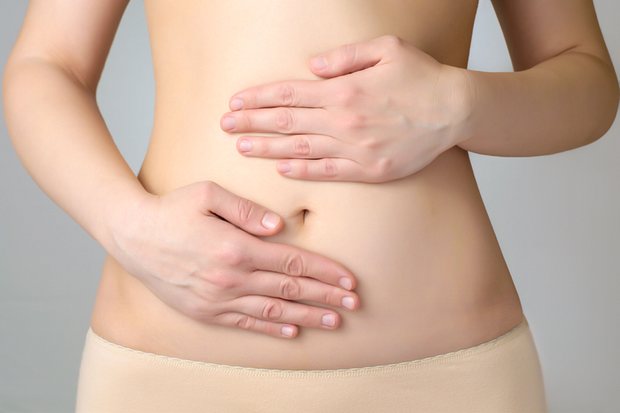for sufferers.
Endometriosis: environmental factors
Mounting evidence suggests that endometriosis can be influenced by diet and lifestyle. Based on the studies done so far, the following self-help steps may be useful
Cut the caffeine
 There may be a connection between caffeine intake and endometriosis and infertility. Women who consume more than 5 g/month of caffeine (about 1.5 cups of coffee a day) are nearly twice as likely to have endometriosis and be infertile as a result.'' In one study, the risk of endometriosis was 50 per cent higher in women who indulged in any amount of alcohol compared with teetotallers."
There may be a connection between caffeine intake and endometriosis and infertility. Women who consume more than 5 g/month of caffeine (about 1.5 cups of coffee a day) are nearly twice as likely to have endometriosis and be infertile as a result.'' In one study, the risk of endometriosis was 50 per cent higher in women who indulged in any amount of alcohol compared with teetotallers." Eat more fruit & veg
More than 1,000 women in northern Italy, those with low intakes of fresh fruit and green vegetables were at a significantly higher risk of endometriosis, as were also those who ate a lot of beef and red meat.
Stay Active
Women who reported frequent bouts of high-intensity physical activity had a 76 per cent lower risk of developing endometriosis than their less-active counterparts.
Increase Antioxidants
Women with endometriosis tend to have lower intakes of antioxidants (vitamins A, Cand E, zinc and copper) than women without the condition, so getting more of these nutrients through either diet or supplements can make a difference. And for women with pelvic pain possibly due to endometriosis, taking vitamins E (1,200111/ day) and C (1,000 mg/day) for two months can lead to pain improvement in more than 40 per cent of cases. In contrast, none of the women taking a placebo reported any pain relief.
Boost omega-3-fatty acids
Both animal and test-tube studies show that omega- 3s can help by reducing inflammation," although whether supplements will benefit women in real life remains to be seen. However, a daily dose of omega-3 (1,080 mg of eicosapentaenoic acid and 720 mg of docosahexaenoic acid) plus 1.5 mg of vitamin E has been shown to improve symptoms of dysmenorrhoea (painful menstruation), which can be related to endometriosis.
Avoid toxic chemicals
Certain environmental pollutants, such as dioxins and polychlorinated bisphenyls (PCBs), appear to play a role in endometriosis. Experts believe that more than 90 per cent of human exposures to these chemicals come from food, mostly animal fat, so eating an organic, wholefood diet low in animal fats maybe beneficial. Sunscreen chemicals have also been linked to endometriosis,' so consider using only natural formulas based on zinc oxide or titanium dioxide instead.
References
1 AmJEpidemiol,1993;137:1353-60
2 Am J Public Hearth, 1994; 84:1429-32
3 HumReprod,2004;19;1755-9
4 AmJEpidemiol,2003;158:156-64
5 Reprod Biol Endocrinol, 2009; 7:54
6 TransI Res, 2013; 161:189-9
7 Fertil5tenl,2013;99:543-50.el;Fertil
Steril, 2008; 90 [4Suppl]: 1496-502
8 Am J Obstet Gynecol, 1995; 174:1335-8
9 Environ Health Perspect, 2009; 117: 1070-5
10 EnvironSciTechnol,2012;46:4624-32